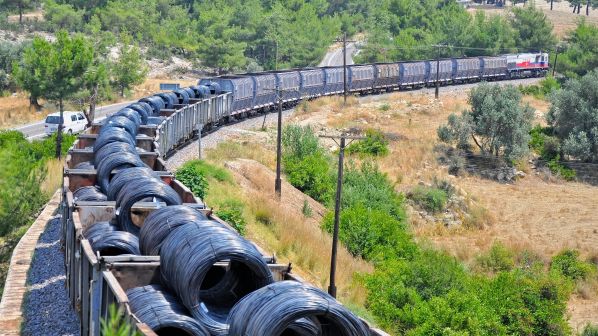The loan is planned to be fully repaid in 10.5 years, with an additional grace period of five years. It is also hoped that the project will increase rail’s share of the national freight transport market and aid the recovery of the Turkish economy after the coronavirus pandemic. The project follows the government’s Country Partnership Framework (CPF), which is intended to generate strategies to stimulate economic growth.
The project comprises three elements:
- construction of new branch lines and multimodal connections at locations including connections to the Çukurova industrial zone and the ports of Iskenderun Bay and Filyos,
- surveying and planning for last-mile connectivity infrastructure at freight nodes, and
- Covid-19 support, including institutional strengthening, capacity building, support for standardising technical standards, the development of a new freight performance strategy, and the development of new operation and management models for rail logistics centres.
“Despite having an economy, geography and commodity specialisations that are in principle, favourable for rail freight, rail accounts for only 4% of Turkey’s transported tonnage,” says Mr Auguste Kouame, the World Bank’s director for Turkey. “This leaves significant economic value on the table in terms of avoidable logistics costs and environmental externalities. The project’s investments will contribute towards more fully realising rail freight’s potential in Turkey.”

